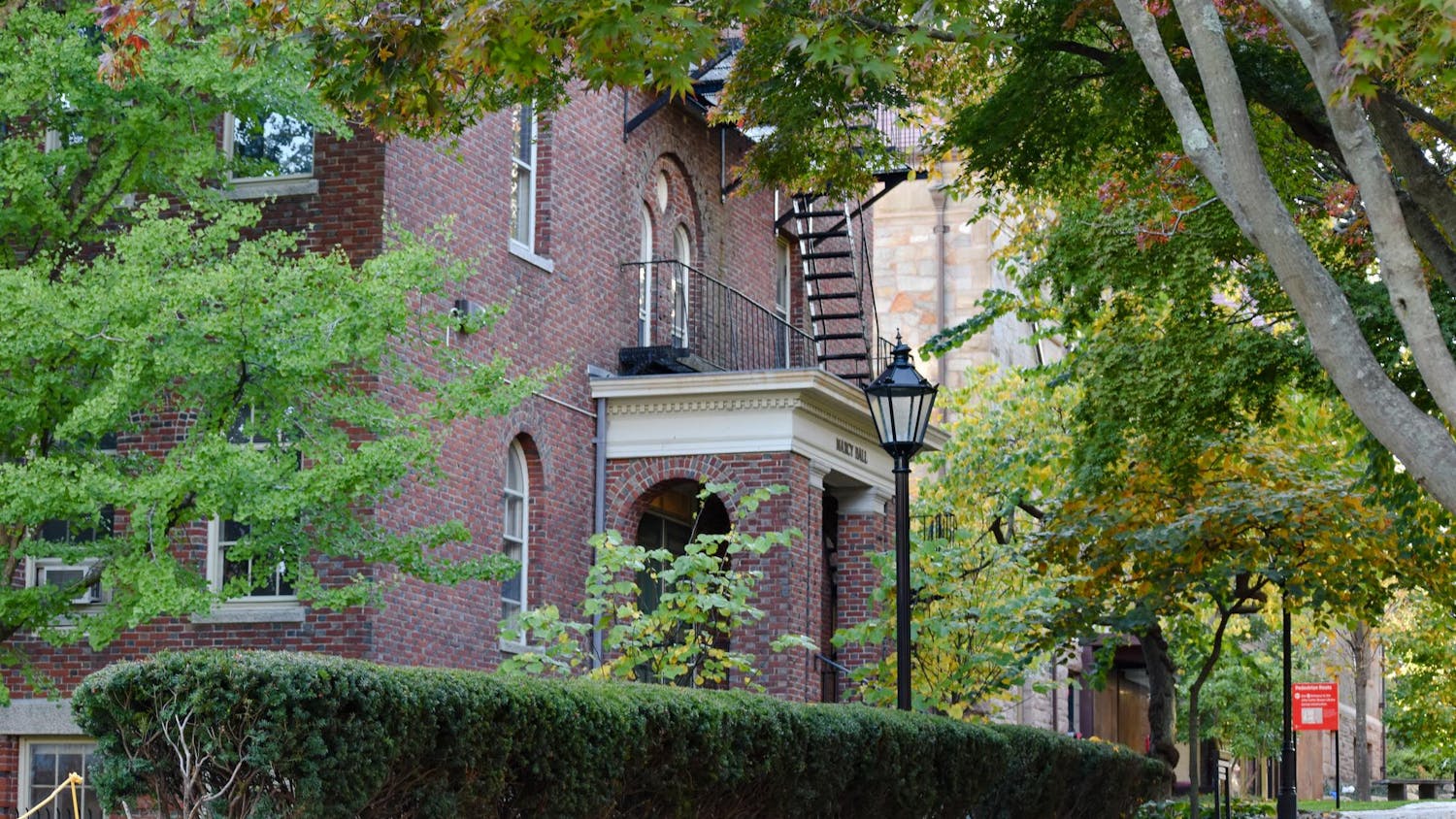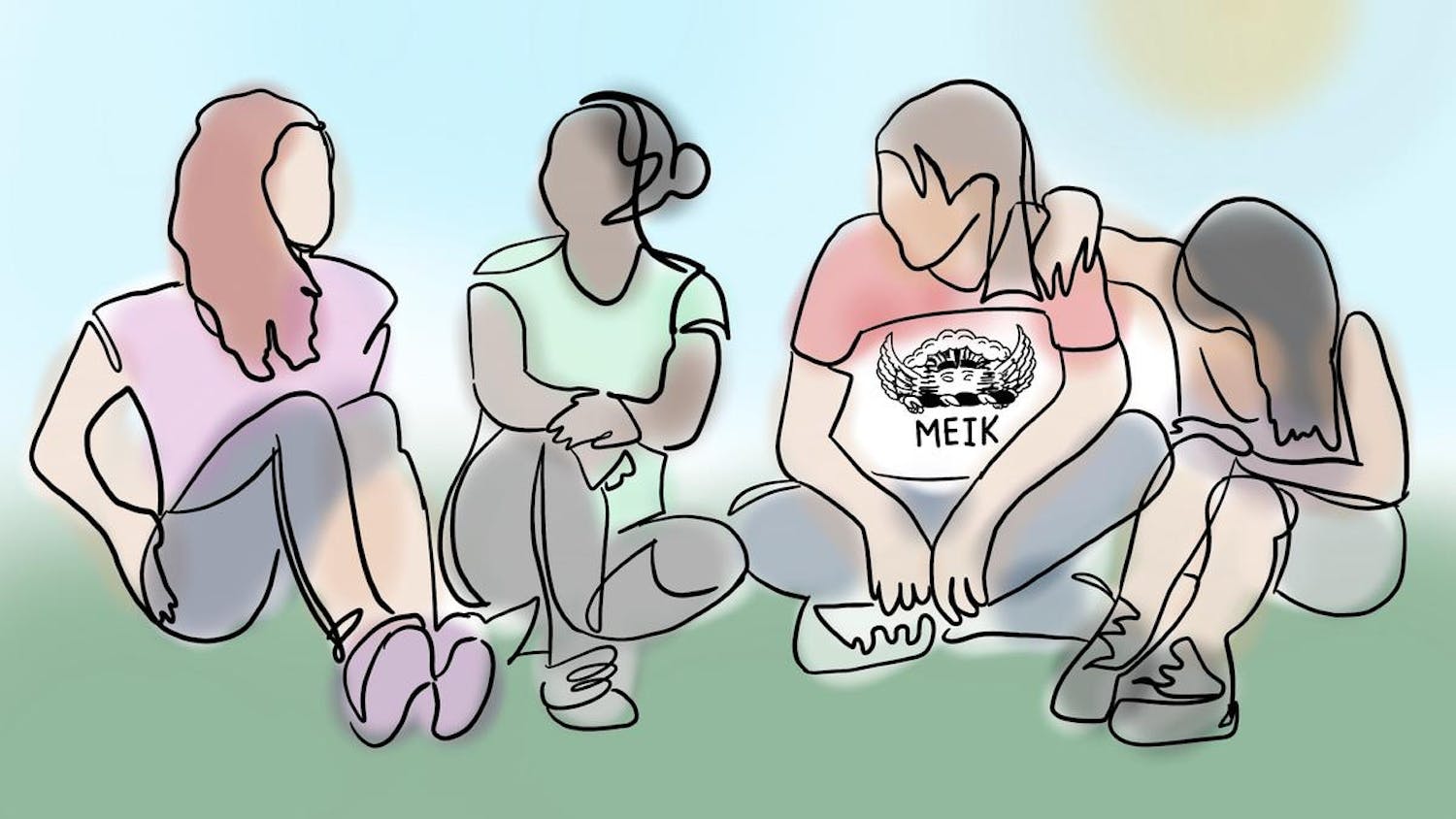Provost David Kertzer '69 P'95 P'98 delved into budgetary matters at Wednesday's open forum of the University Resources Committee, discussing the role of tuition increases and financial aid in the University's plan to balance its books after losing nearly $740 million from the endowment in fiscal year 2009.
The URC is the driving force behind Brown's yearly fiscal plan, proposing a draft budget to the president for approval by the Corporation, the University's highest governing body.
The forum lasted close to a half hour and featured a 20-minute presentation by Kertzer, the group's chair. The provost spoke to an audience of 20 people, nearly all members of the URC, in Rhode Island Hall.
Kertzer said that net tuition, the difference between income from tuition and expenses from financial aid, was likely to increase roughly 1–2 percent next year. Undergraduate tuition is an important part of Brown's budget, he said.
Although tuition increased 4.5 percent this year, Kertzer said that such increases were not as large as they seemed, given that the University's undergraduate tuition is low compared to other peer institutions.
"We wish they could be zero," Kertzer said, "but costs grow, so we sometime have to find the revenue to support them."
The percentage of students with financial aid increased in the class of 2014 to 46 percent, according to Kertzer, who said financial aid is one of the ‘biggest items in our budget" and is consistently rising. The increase in financial aid support — 39 percent of last year's freshman class received aid — was "good news, but it comes at a cost," Kertzer said. Financial aid, while important to the University, does detract from other areas that could use the funds, he said.
Questions centered on the subject of financial aid and tuition increases. All four questions were asked by Julian Park '12, one of the few students who attended.
Park asked whether rising undergraduate aid was a symptom of tuition increases, due to a rise in tuition causing more students to need financial assistance.
URC member and Executive Vice President for Finance and Administration Beppie Huidekoper answered that yearly financial aid requests are "close to double" tuition increases, meaning that even a tuition decrease of 2 percent would only lead to a financial aid request decrease of 1 percent.
Park also asked about other Ivy League schools like University of Pennsylvania and Cornell having a higher percentage of students with financial aid than Brown, despite spending less money per student.
Kertzer acknowledged the disparity but said that, "When you get to financial aid percentage, it's a little bit tricky … one temptation that I think is almost universal that you shouldn't make is that a school that has higher percentage of financial aid has more economically diverse students."
The amount that each school gives out per student could be less than the amount Brown distributes, Kertzer said, leading to a higher percentage of students being supported but with less money per person.
Other issues the forum looked into were examining endowment levels and funds per student and Brown's revenue stream in comparison to other Ivy League universities.
Kertzer said that the percentage of the endowment spent on the budget will return next year to normal levels of around 5 percent, down from the 6.5 percent of the endowment which was spent last year. Despite Brown's financial situation stabilizing, the University will still have to find ways to reduce its deficit in order to create new programs, Kertzer said.
"What we're working with at the moment is the notion that even increasing our revenues from normal ways … you see that we probably have enough revenue over the next few years to cover what we're doing now but wouldn't have any funds to do anything new," Kertzer said.




